LATEST NEWS
Press releases & Product news
Even lab novices can easily learn this! A simple method for observing forging flow lines on meshing gears is revealed.
2025-08-12
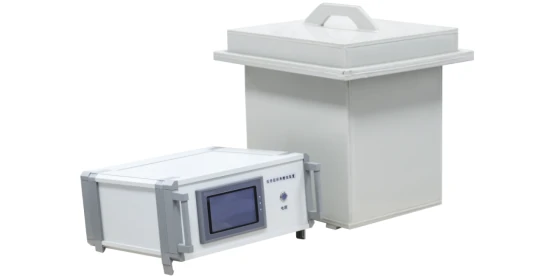
How can you observe forging flow lines on meshing gears without specialized heating and etching equipment? Today, we'll share a simple method developed by industry experts that requires only common tools and can be easily accomplished!
1. Sampling
Cut the specimen along the direction of metal deformation during forging, ensuring that the cross-section includes the entire flow line.
The recommended sample thickness is 15-25mm. If the sample to be inspected has already been collected as required, proceed directly to sample preparation.
2. Sample Preparation
Rough Grinding: Use 180#, 400#, and 800# sandpaper in this order to remove cut marks, changing the grinding direction after each step.
Fine Polishing: Use diamond polishing solution (1-3μm) or alumina suspension to polish to a mirror finish (Ra ≤ 0.05μm).
3. Preparation
Required Materials:
Prepare hydrochloric acid aqueous solution and 10% sodium hydroxide solution in a 1:1 ratio. Boiling water, glassware (heat the hydrochloric acid solution in a waterbath), bamboo clips, a small brush (a toothbrush will do), filter paper, a hair dryer, a container (filled with clean water), alcohol, a mask, goggles, protective gloves, and work clothes.
4. Acid Etching
Heating the Acid: In a well-ventilated area, heat the hydrochloric acid solution in a waterbath in a container filled with boiling water.
Corrosion Sample: Use bamboo clips to place the sample, ground surface facing up, into the acid solution. After etching for 1-2 minutes, remove the sample and place it in clean water for observation to determine the extent of corrosion.
Adjustment Time: The duration of subsequent etching will depend on the extent of corrosion, generally 5-10 minutes.
5. Neutralization by Scrubbing
Quick Scrubbing: After etching, quickly and lightly scrub the surface with a toothbrush under running water.
Neutralizing Residual Acid: Place the sample in a 10% sodium hydroxide solution for a few seconds to remove any residual acid.
Drying: After spraying with alcohol, absorb the moisture with filter paper and blow dry with a hair dryer. After the above steps, the forging streamlines will be clearly visible on the sample surface. This method is also suitable for macroscopic examination of other materials – simple and efficient!
Tip: Always take protective measures during operation to avoid contact of the acid with skin or eyes.
Of course, for more accurate and professional macroscopic examination results, specialized equipment is required. The macroscopic etching product series developed by LABTT Testing Technology (Shanghai) Co., Ltd. is specifically designed to meet this specialized need.
The LABTT LHM-2000 macroscopic thermal etching device utilizes precise temperature control technology to significantly reduce hydrochloric acid volatilization. It also features liquid level detection and automatic power-off functions to effectively eliminate the risk of dry burning. Its innovative separate filtration system prevents impurity deposition and facilitates heater maintenance. The device's three-tiered sample tray supports large-scale simultaneous processing.
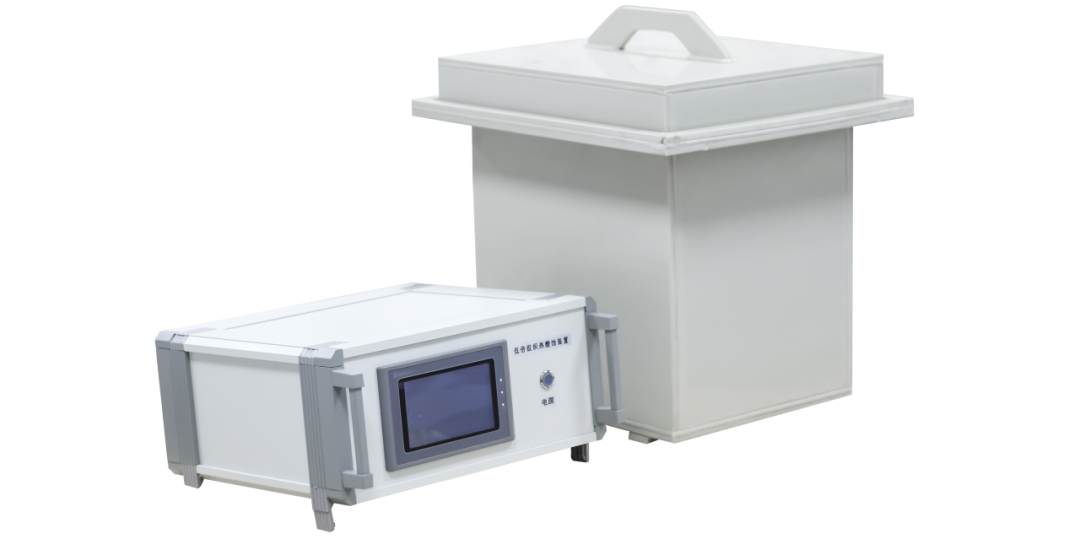
The LABTT LME-IIS/IIIS macroscopic electrolytic etching device allows for rapid start-up of the etching process without preheating. The unique power isolation design effectively protects the control system from acid corrosion, and the large-capacity electrolytic cell allows simultaneous processing of multiple rows of samples, significantly improving etching efficiency and result consistency. The system supports both constant current and constant pressure etching modes and features automatic liquid level monitoring and refilling, providing instant alarms for temperature abnormalities and automatic drain reminders upon completion.
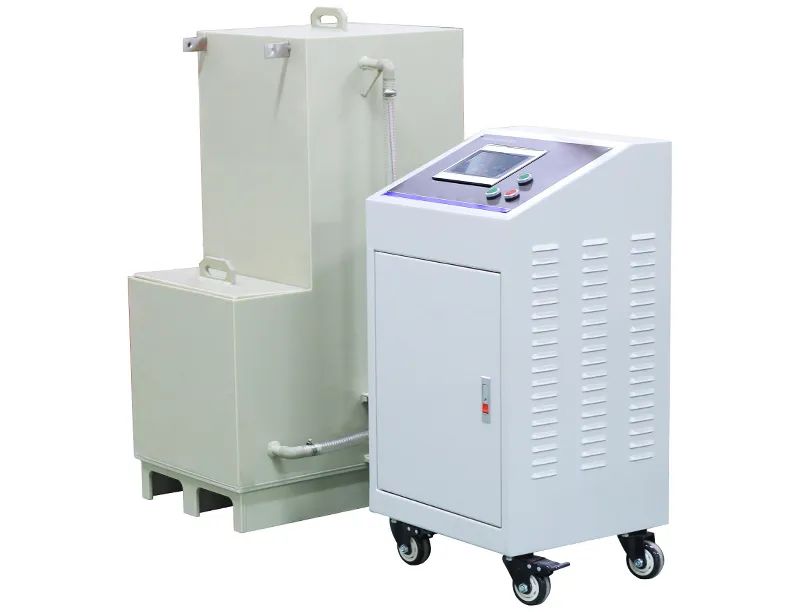
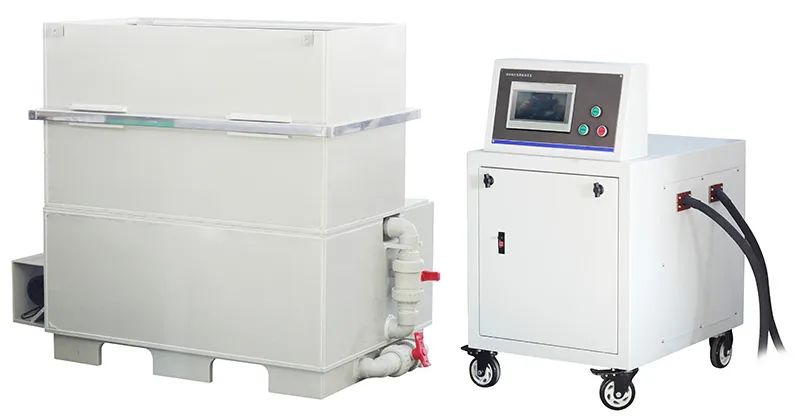
Fearless of Acid Etching
To fully ensure experimental safety and efficiency, we recommend using the LABTT VTC exhaust system and ATC acid mist treatment unit.
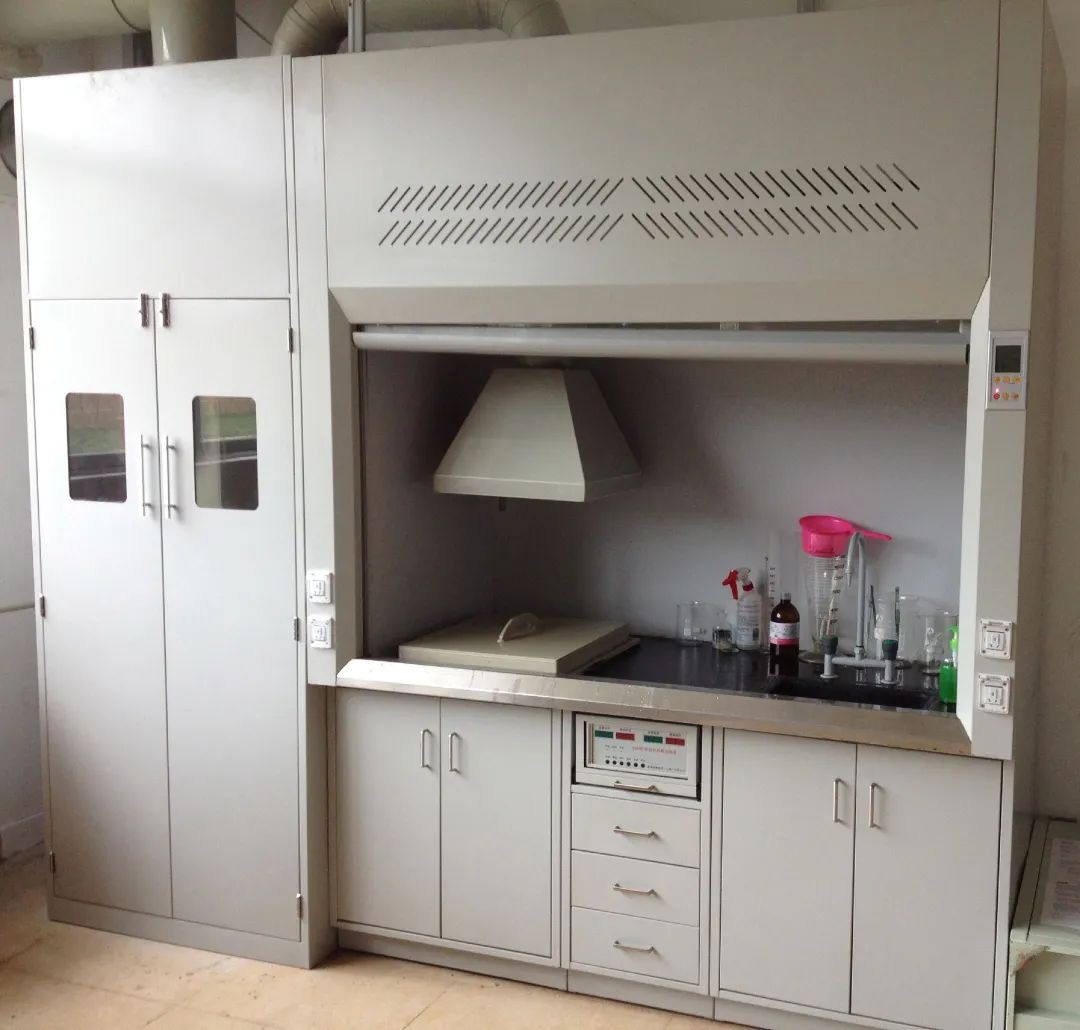
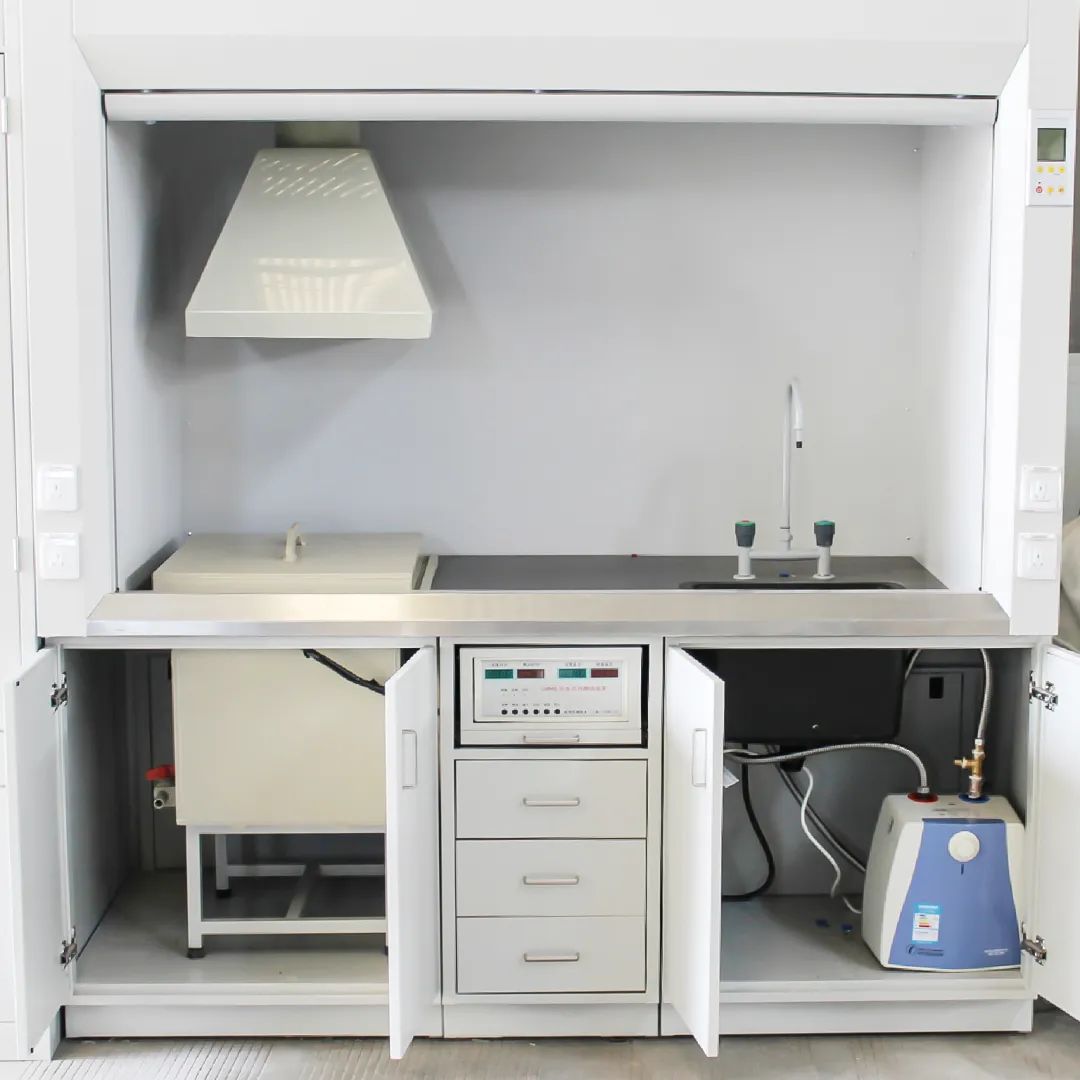
Safe and Efficient
LABTT's integrated safety solutions ensure professional precision and environmental friendliness in your low-magnification tissue analysis. From sample handling to exhaust gas purification, we provide comprehensive experimental safety assurance, helping you create a safer and more efficient modern laboratory environment.
PREVIOUS:


